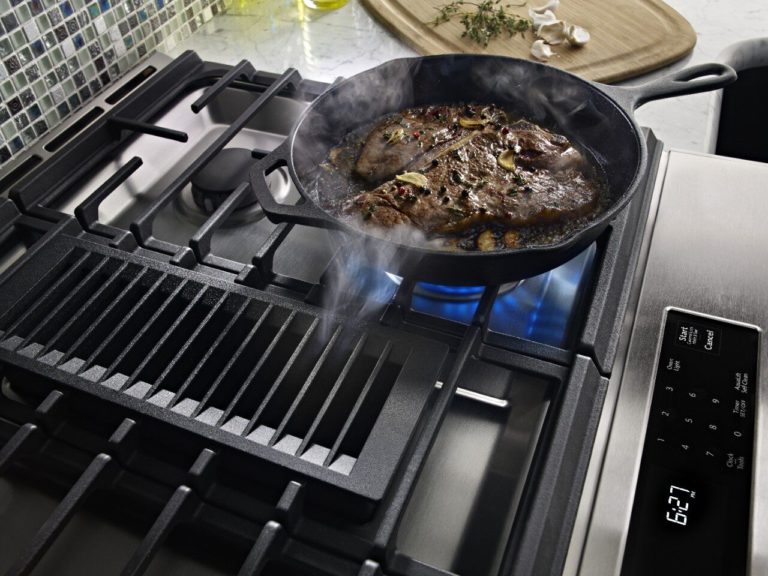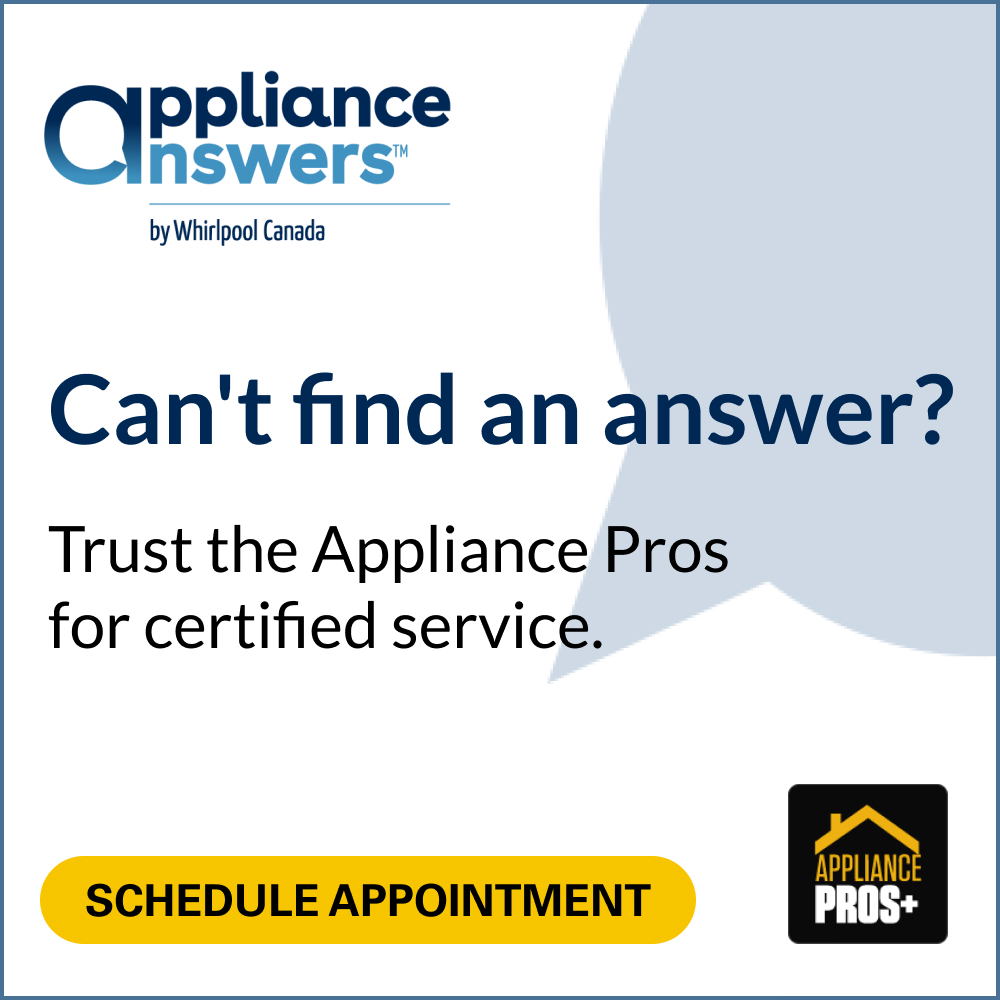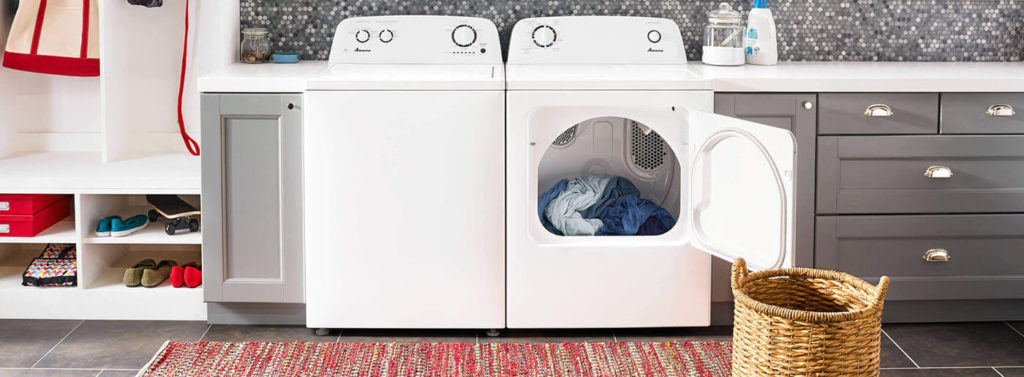Table of Contents

What is a Dual Fuel Range?

Every range needs either gas, electricity, or both (referred to as dual fuel) to work as intended.
The term “dual fuel” refers to the combination of electric and gas fuel sources.
Each fuel source has its benefits. For instance, gas cooktops offer more responsive temperature control than electric options, while electric ovens create dry heat compared to gas ovens.
An electric oven’s heating elements are typically designed to cover more area inside the cavity, meaning you don’t have to rotate baking dishes as often.
Simply put, a dual fuel range gives you the best of both worlds by combining a responsive gas cooktop with an electric oven offering optimized heat distribution.
How Does a Dual Fuel Range Work?

Dual fuel ranges need a gas line hookup for the cooktop and an electric hookup for the oven. This is because the stovetop uses gas to create an open flame that’s perfect for a variety of cooking techniques like sauteing, searing and charring. On the other hand, the oven employs electric heating elements to create the proper environment for nicely browned and crisp food.
Together, they allow home cooks to expand their cooking abilities and culinary ambitions.
The Benefits of a Dual Fuel Range

The cooktop on a dual fuel range delivers responsive temperature control while the oven provides consistent heat. If you are both a baker and a cook, then a dual fuel range has both heating options so you can explore all the new recipes you want.
Dual fuel ranges are versatile so you can revamp old recipes or have more inspired taco nights. With a gas cooktop, you can char poblano peppers on the open flame, make homemade tortillas and get the perfect sear on that beautifully marbled steak. Your family will love it!
The dry heat produced by an electric oven can help you achieve a crispy, golden brown exterior when roasting root vegetables or it can maintain low heat for cooking delicate sauces.

The Pros and Cons of Dual Fuel Ranges

Dual fuel ranges provide the best of both worlds. Yet, there are some advantages and disadvantages that are important to know.
The Pros of a Dual Fuel Range
- Drier heat in an electric oven helps promote ideal crisping and browning.
- Gas cooktop temperatures can be easily adjusted.
- Consistent oven temperatures minimize the need to rotate baking dishes as they cook.
The CONs of a Dual Fuel Range
- Electric ovens can sometimes take more time to preheat compared to gas options.
- You will need a dedicated gas line. If your home doesn’t already have one, you will need one professionally installed.
How Does a Dual Fuel Range Compare with Gas

Dual fuel ranges offer versatility, allowing you to enjoy the benefits of a gas cooktop in addition to those of an electric oven.
Gas ovens are prone to temperature variation. This is due to the heating element not being able to cycle on and off as quickly as electric ovens, causing slight fluctuations throughout the baking process. Heating elements in electric ovens tend to cycle more frequently. This helps maintain the oven’s interior temperature. Another bit of good news is that you don’t have to rotate baking dishes as often to ensure something cooks thoroughly.
How Does a Dual Fuel Range Compare with Electric?

The main difference between an electric range and dual fuel is the cooktop. Gas cooktops are equipped with responsive temperature control, meaning they can provide close to immediate heat. This helps reduce the wait time before you can begin prepping or cooking your meal. Electric cooktops often take more time to heat up and cool down. Furthermore, the shift from boiling to simmering takes longer.
Is a Dual Fuel Range Right for My Kitchen?

With the convenience and versatility of a dual fuel range, you can explore and tackle exciting new recipes and cooking techniques. You can use a gas cooktop to flambé the perfect coq au vin and achieve the perfect heat for woks and other pieces of moulded cookware. With an electric oven, you can use its dry, even heat to transform your kitchen into a French patisserie.
Find your ideal range with this Range Appliance Finder.





